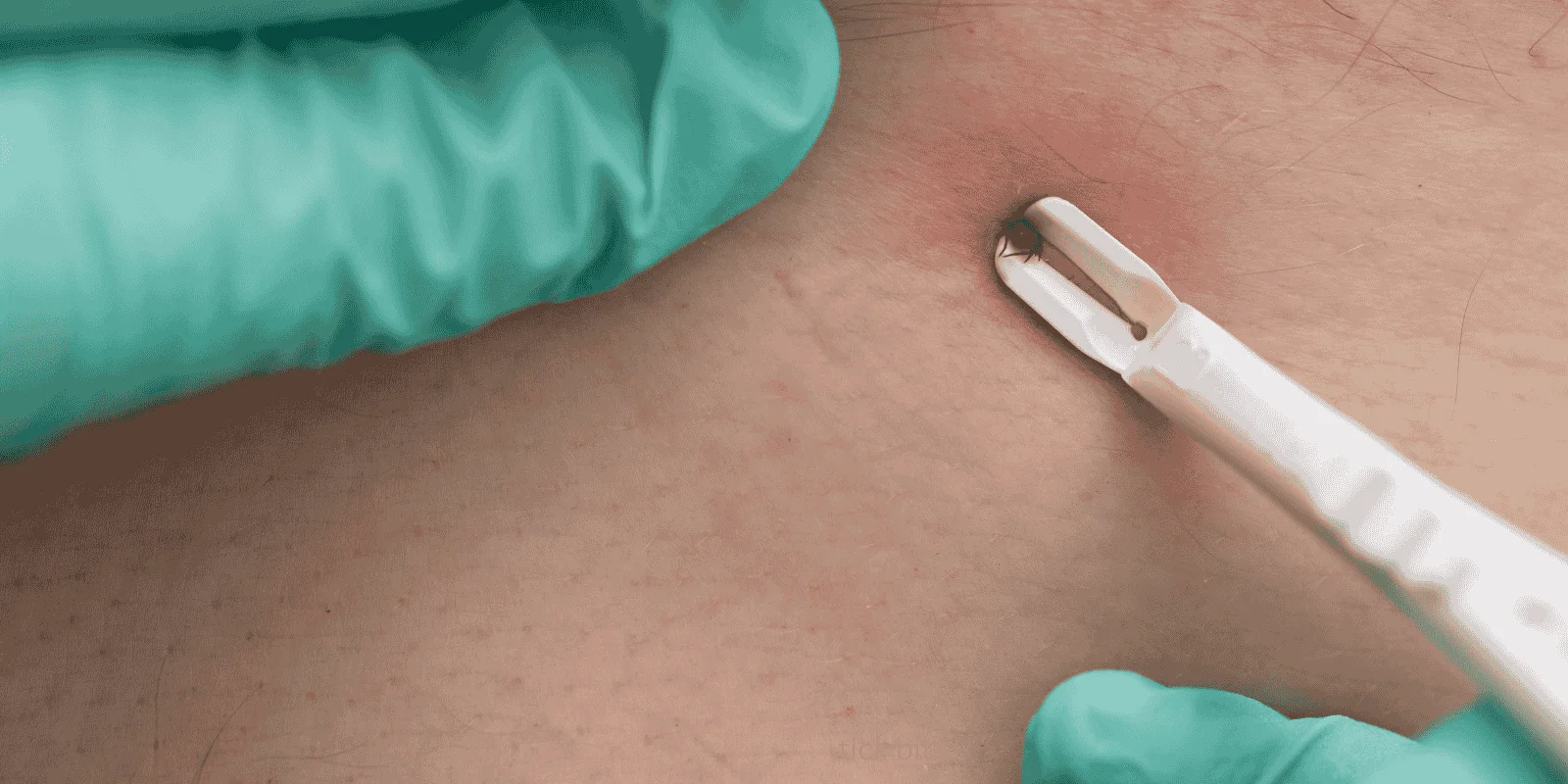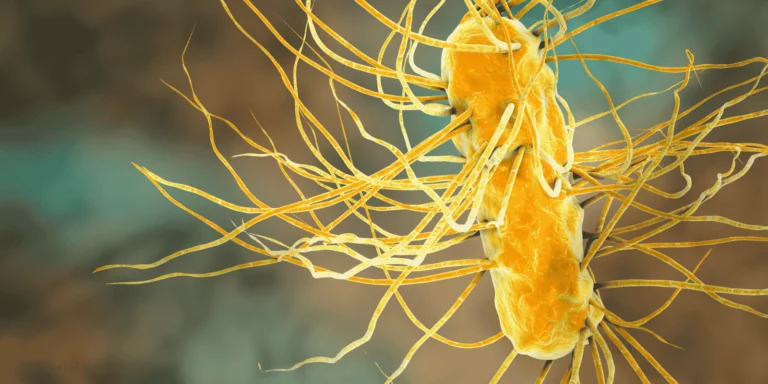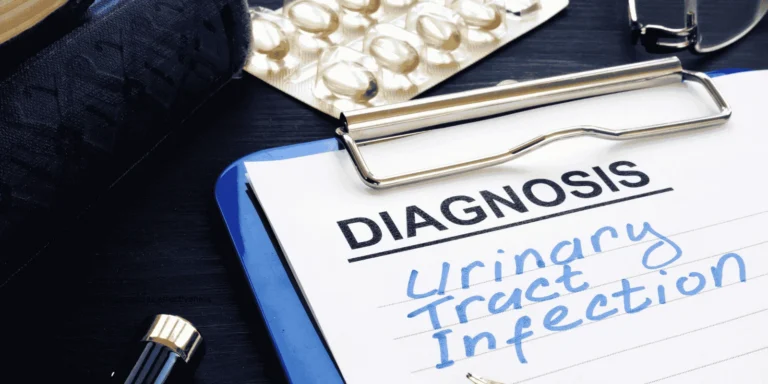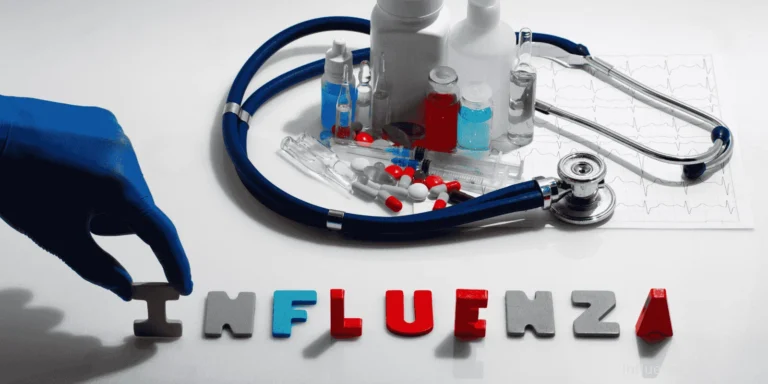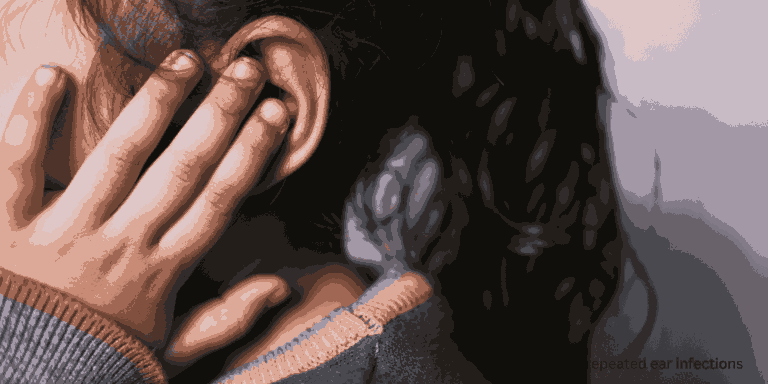“I grabbed the tick with my fingers and pulled it right off,” my patient proudly announced. “Got the whole thing!”
Unfortunately, improper tick removal creates more problems than leaving ticks attached longer. Despite widespread information campaigns, people continue making mistakes that increase infection risk and complications.
Mistake #1: Using Fingers Instead of Tweezers
Finger removal often squeezes the tick’s body, potentially forcing infected fluids into the bite wound.
Proper technique requires fine-tipped tweezers to grasp the tick as close to the skin surface as possible without squeezing the body.
Infection risk increases when tick body contents are expressed into the wound during improper removal attempts.
Mistake #2: Twisting or Jerking the Tick
Rotational pulling breaks off mouth parts that remain embedded in skin, creating foreign body reactions and infection risks.
Steady upward pressure applied consistently works better than jerking motions that fragment the tick.
Patience during removal prevents breaking ticks apart and leaving pieces behind that cause ongoing problems.
Mistake #3: Using Heat, Petroleum Jelly, or Nail Polish
Folk remedies like matches, cigarettes, or petroleum jelly don’t make ticks detach and may actually cause them to regurgitate into the wound.
Suffocation methods with nail polish or petroleum jelly take too long and may stress ticks into releasing more infected saliva.
Heat application can burn skin and doesn’t reliably cause tick detachment.
Mistake #4: Not Cleaning the Area First
Dirty removal site introduces additional bacteria that can cause secondary skin infections.
Proper preparation involves cleaning hands and the tick attachment site with alcohol or antiseptic before removal attempts.
Contaminated tweezers can introduce bacteria, so cleaning instruments before use is important.
Mistake #5: Delaying Removal While Researching
Time matters in tick removal — the longer ticks feed, the higher the disease transmission risk.
Remove immediately using proper technique rather than waiting to research the “perfect” method.
Disease transmission typically requires 24-48 hours of attachment, making prompt removal protective even if technique isn’t perfect.
Mistake #6: Not Saving the Tick
Tick identification helps healthcare providers assess disease transmission risk and guide treatment decisions.
Proper storage in sealed containers or taped to cards preserves ticks for identification if symptoms develop.
Include information about removal date and location to help providers assess risk factors.
Mistake #7: Over-Cleaning the Wound
Aggressive scrubbing after tick removal can damage skin and increase infection risk from normal skin bacteria.
Gentle cleaning with soap and water or antiseptic is sufficient for most tick bite wounds.
Avoiding harsh chemicals prevents chemical burns that can complicate healing and infection assessment.
Mistake #8: Ignoring Embedded Mouth Parts
Small black spots at the bite site after tick removal often represent retained mouth parts that will work out naturally.
Digging attempts to remove embedded pieces often cause more tissue damage than leaving them alone.
Natural healing usually eliminates retained mouth parts within days to weeks without intervention.
Mistake #9: Not Monitoring the Bite Site
Daily inspection of tick bite sites helps identify expanding rashes or infection signs that require medical attention.
Photo documentation can help track changes in bite site appearance over time.
Duration of monitoring should continue for 30 days since some tick-borne diseases have delayed onset.
Mistake #10: Seeking Antibiotics Immediately
Most tick bites don’t require preventive antibiotic treatment, and unnecessary antibiotics can cause side effects.
Specific criteria must be met for prophylactic antibiotics including tick species, attachment duration, and geographic risk factors.
Watchful waiting with proper monitoring is appropriate for most tick bite situations.
Correct Removal Technique
Use fine-tipped tweezers to grasp the tick as close to skin level as possible.
Pull upward steadily without twisting or jerking motions.
Clean the bite site and your hands with soap and water or antiseptic.
Save the tick in a sealed container for potential identification.
Post-Removal Care
Monitor for symptoms including expanding rashes, fever, or flu-like illness over the next 30 days.
Normal healing includes small red bumps that gradually fade without expanding.
Seek medical attention if rashes expand, fever develops, or you feel generally unwell.
Prevention Remains Key
Daily tick checks after potential exposure help find ticks before disease transmission occurs.
Proper clothing and repellents reduce tick attachment risk during outdoor activities.
Environmental management of yards and outdoor spaces reduces overall tick populations.
Education about proper removal techniques prevents complications when tick encounters do occur.
Most tick removal mistakes stem from panic or misinformation rather than malicious intent. Learning proper techniques and staying calm during removal prevents complications while protecting against tick-borne diseases.

